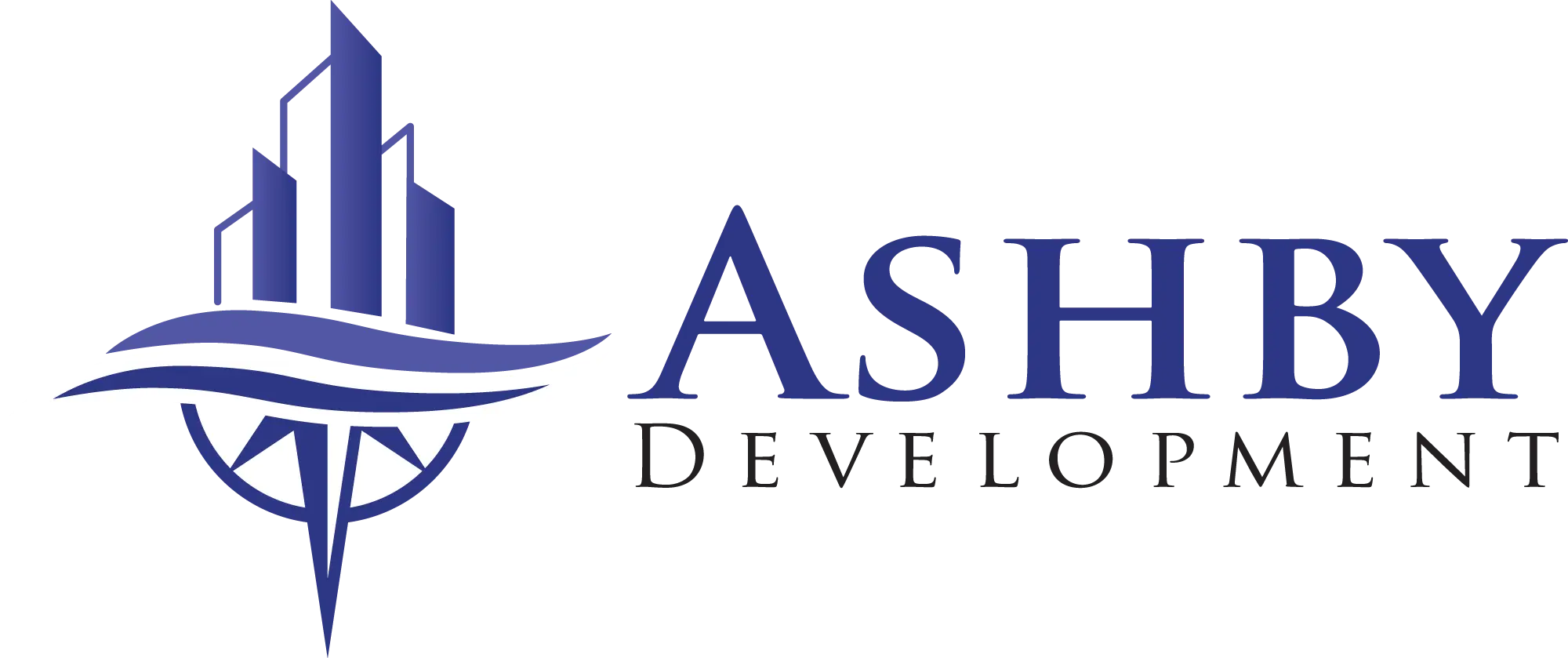Going Strong: The Rise of the Wellness Real Estate Market
Though it’s always been “big business”, the past several years has seen a dramatic spike in the number of people prioritizing health and wellbeing. The wellness lens has been applied to everything from tourism to shopping and fine dining, and of course, we’ve seen growth in how wellness is factored into the built environment — especially in terms of improved amenities in both residential and commercial space.
In fact, a recent report from the Global Wellness Institute (GWI) shows that expenditure on the construction of wellness real estate grew to USD 438.2 billion in 2023, and it’s still growing. Over the next several years, GWI projects a CAGR (Compound Annual Growth Rate) of 15.8% for the wellness real estate market, boosting its value to USD 912 billion by 2028.
In 2023, that translated to nearly 3% of annual global construction output. And given that much of that construction was within commercial real estate (CRE) sectors, it’s a trend that any CRE professional should be keeping an eye on.
What is wellness real estate?
GWI defines wellness real estate as: “the construction of residential and commercial/institutional (i.e. office, hospitality, mixed-use/multi-family, medical, leisure, etc.) properties that incorporate intentional wellness elements in their design, materials, buildings, amenities, services, and/or programming.”
While that definition covers a wide range of possibilities, there are some common themes in the space. For example:
Physical wellness includes factors that promote physical activity (recreational amenities; walkability), the use of non-toxic materials during construction, and facilities that improve indoor air quality.
Meanwhile, mental wellness improvements include biophilic design (think office space with rooftop gardens) and designs that incorporate quiet areas and resting spaces.
Other factors that increase the wellness credentials of space include buildings designed with climate concerns in mind or using energy-efficient and waste-reducing systems.
A growing trend in CRE
In purely CRE terms the wellness market spans several growing trends. We’ve seen a shift towards wellness in senior housing, for example, with residents increasingly opting for developments that prioritize amenities and social interaction.
Other sectors, like retail, have seen a higher expectation from consumers around experiential shopping, especially in terms of experiences that boost a sense of wellbeing. Similarly, figures from the hospitality industry show that properties that prioritize wellness offerings often outperform their “no-wellness” contemporaries.
Meanwhile in the office sector, prioritizing wellness typically means ensuring office buildings meet high standards in terms of cleaner environments, spaces that encourage movement, rest and interaction, and the inclusion of natural materials and light. In some cases, that includes seeking out certifications to prove a commitment to health and wellness ideals.
Certified “Well”
Investing in certifications like the “Well Building Standard" or “Fitwel” can have significant economic impacts for developers and building owners. Data from the MIT Real Estate Innovation Lab shows that certified “healthy buildings” often pull in higher rents — with increases of between 4.4 and 7.7 percent per square foot as compared to non-certified buildings.
Additional data from the GWI report linked to above shows that the number of buildings earning wellness certifications has shot up in recent years. GWI notes: “The total number of wellness-certified building projects [increased] by more than forty-fold from 2017 to 2023,” adding “At the end of 2023, there were over 3,300 WELL and Fitwel certified projects around the world. Over 55% of these certifications are located in the United States.”
The majority of those projects were for buildings in CRE sectors, including offices, hospitality, and retail properties. GWI notes that these numbers are also just the tip of the iceberg. Many companies are implementing wellness initiatives across their portfolios, while only officially certifying a flagship building, like their HQ.
Navigating new terminology
Naturally, as with any developing trend, the growth of the wellness real estate market also means a lot of new buzzwords are making their way into the space. One recent example is the increasing interest in designating specific buildings, towns, or neighborhoods as “Blue Zones.”
If you’re familiar with that term, you’ll know it refers to regions of the world where populations live longer, healthier lives. Often because of healthier diets, strong social ties, and staying active.
Built areas that meet specific criteria may be eligible for certification as official “Blue Zones,” but it’s worth mentioning, as a recent New York Times (NYT) article pointed out, that there is some skepticism around the use of the term. NYT notes, for example, that the term has been used to certify projects like: “a luxury hotel and condominium project in Miami” which is “using the Blue Zones moniker for a medical facility on the premises that will offer plastic surgery.”
There’s also been some pushback on the term among residents in proposed “Blue Zone” areas who feel the designation comes into competition with other initiatives in their communities.
Keeping well
While specific buzzwords and trends may fluctuate, it’s clear that the overall move toward wellness real estate is here to stay. For the savvy real estate professional, keeping on top of terminology and developments in this space offers another way to add real value for clients and bolster dealmaking.
As always, however, brokers should be keeping a sharp eye on the bottom line when it comes to determining the value-add of wellness certifications and amenities. Doing so ensures that wellness initiatives combine “doing better” with making the kinds of sustainable long-term choices that will keep properties performing at peak value.
Read more on https://www.naiglobal.com
NAI Dominion part of the NAI Global Network and is our leasing and sales division. Read about the Rise of Wellness in Real Estate.

